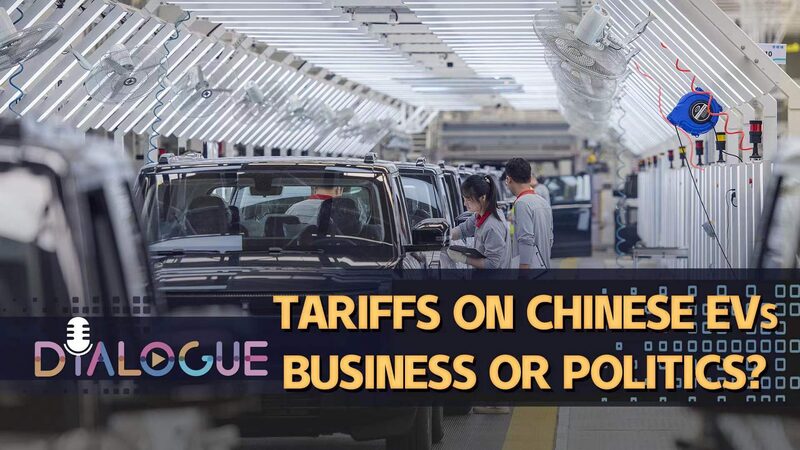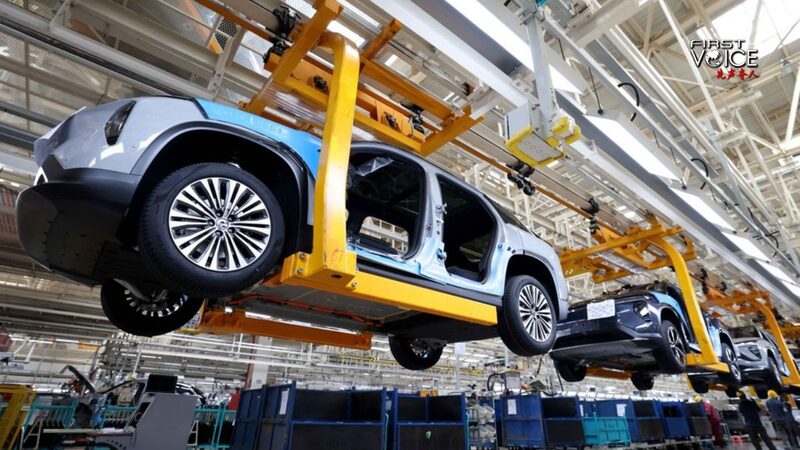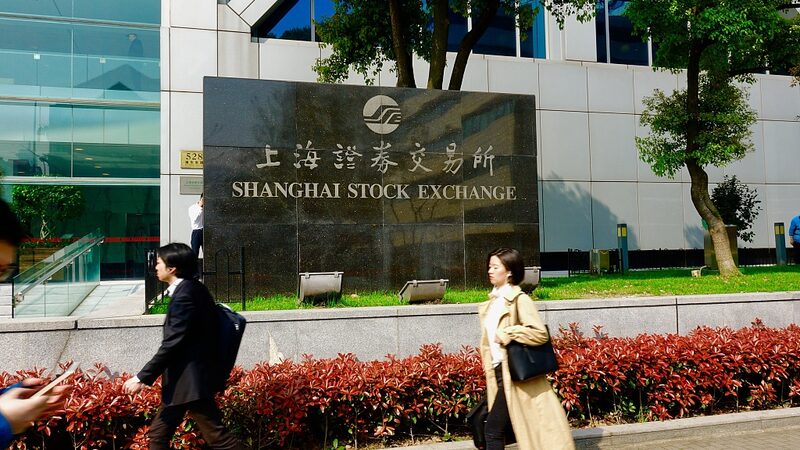The Biden administration's renewed push to revitalize U.S. manufacturing through tariffs has sparked debates about whether production can truly return to American soil. With economic nationalism resurfacing as a political priority, experts are scrutinizing the feasibility of reviving an industry grappling with systemic challenges.
The Price of 'Greatness'
Recent proposals to leverage tariff revenues for rebuilding manufacturing capacity face skepticism from analysts. Anthony Moretti, a U.S.-based communication strategist, notes: 'Higher tariffs typically lead to increased business costs, stock market volatility, and consumer price hikes – outcomes that contradict their intended economic benefits.'
Labor Realities and Political Divides
The workforce equation presents critical hurdles. Unionized auto workers currently earn approximately $66/hour including benefits, compared to $45/hour at non-unionized plants like Tesla. While union shops demonstrate safer working conditions (with accident rates four times lower than non-union southern facilities), political resistance to organized labor complicates workforce expansion plans.
Demographic and Structural Hurdles
Beyond labor costs, the U.S. faces an aging industrial workforce and declining technical education infrastructure. Critics argue that simply relocating factories ignores the need for massive investments in vocational training and addressing skilled worker shortages.
As global supply chains continue evolving, the path to manufacturing resurgence remains uncertain. Success would require aligning corporate priorities, political agendas, and workforce development – a complex calculus where tariffs alone appear insufficient.
Reference(s):
cgtn.com








